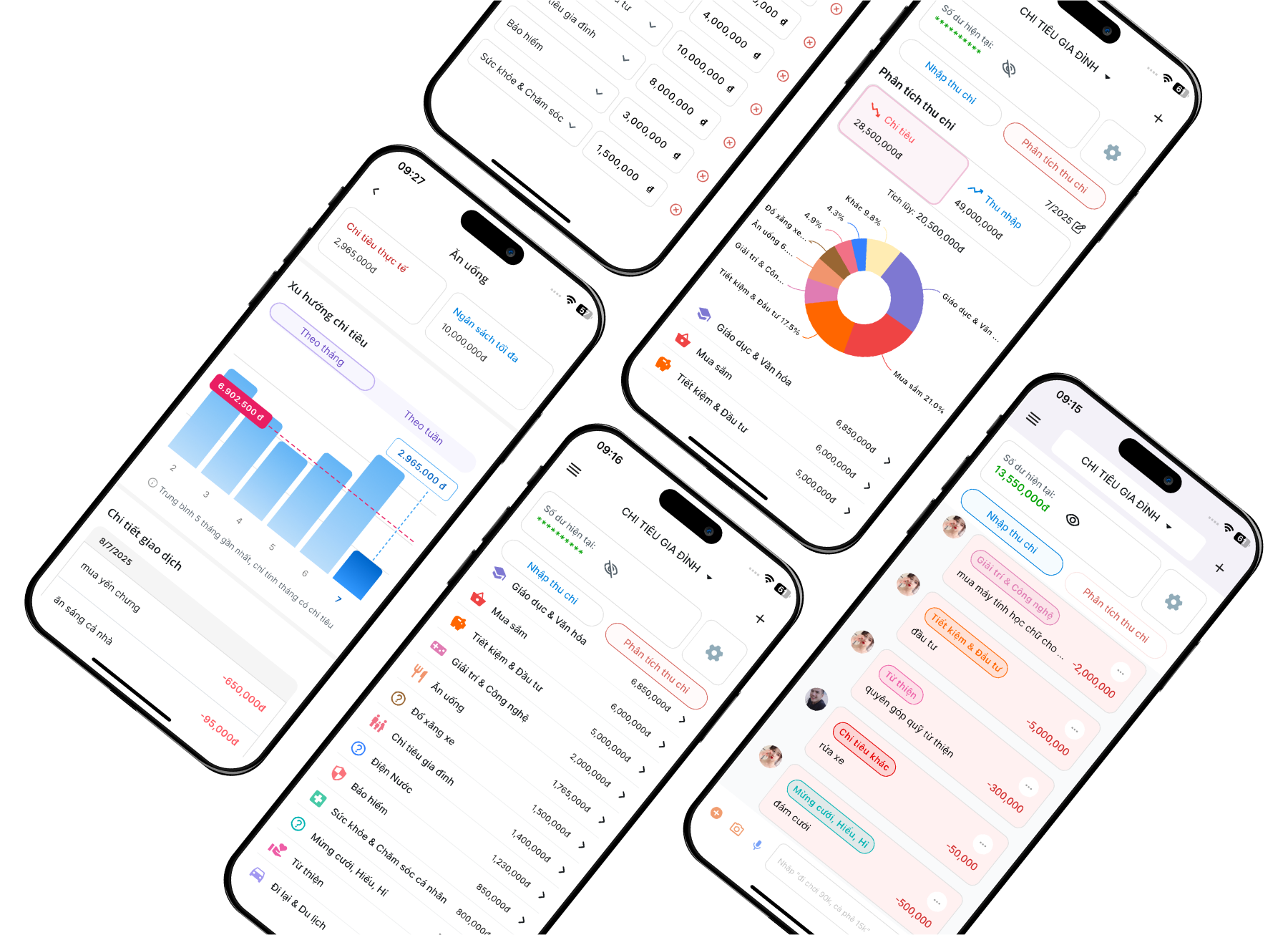7 Steps to Building a Smart Budget for Beginners
SCAN QR CODE

Are you having trouble controlling your spending? Does your salary seem to "evaporate" every month without you knowing where it went? Don't worry, building a personal budget isn't a complicated task reserved for financial experts. For beginners, just follow these 7 simple steps, and you can create a smart budget plan that balances income and expenses and leads to financial freedom. This article will guide you step by step, based on effective financial management principles, to transform spending from a "nightmare" into a "positive habit."
Step 1: Assess Your Current Financial Situation
First, take a clear look at your financial "picture." List all sources of income (main salary, bonuses, side income) and expenses for at least the past month. Use a notebook, app, or Excel spreadsheet to record. This helps you identify "hidden" expenses like daily coffee or impulse shopping. Tip: Track your daily spending to avoid omissions.
Step 2: Define Financial Goals
Ask yourself: Do you want to save to buy a house, travel, or build an emergency fund? Goals need to be specific and measurable (e.g., "Save 10 million VND in 6 months"). Classify goals as short-term (under 1 year) and long-term so your budget has a clear direction. Without goals, the budget easily becomes a "soulless expense list."
Step 3: Calculate Monthly Income
Determine exactly how much money you earn each month, including net salary (after tax) and other income. Don't estimate – check your pay stub or bank account. This is the foundation for allocating the budget, ensuring spending does not exceed income.
Step 4: List Fixed and Flexible Expenses
Categorize expenses into two groups:
Fixed: Rent, utility bills, debt repayment (should account for no more than 50% of income).
Flexible: Eating out, entertainment, shopping (can be adjusted).
Estimate costs based on data from step 1, and cut unnecessary expenses like eating out too much.
Step 5: Choose a Suitable Budgeting Method
Apply simple rules like 50/30/20:
50% for essential needs (food, housing, transportation).
30% for personal wants (entertainment, shopping).
20% for savings and debt repayment.
If you prefer more flexibility, try the "envelope" method – divide cash into separate envelopes for each category. Choose a method that fits your lifestyle for easy maintenance.
Step 6: Monitor and Adjust Regularly
A budget is not a "dead plan." Check it weekly or monthly, comparing actual spending to the plan. Use a tracking app to automate the process. If you overspend, adjust immediately – for example, reduce eating out to compensate for unexpected bills.
Step 7: Build an Emergency Fund and Optimize
Finally, allocate a portion of the budget for an emergency fund (equivalent to 3-6 months of expenses) and investment. Start with a high-yield savings account, then expand to safe investments. Reassess the budget every quarter to adapt to changes such as salary increases or inflation.
Building a smart budget not only helps you control spending but also brings confidence in financial management. Start today with the first step – assessing the current situation – and you will see the difference in just a few months. If you persevere, financial freedom is no longer a distant dream. Good luck!
Building a smart budget not only helps you control spending but also brings confidence in financial management. Start today with the first step – assessing the current situation – and you will see the difference in just a few months. To make it easier, try X Money – an AI app that automates the entire process, from tracking spending to budget alerts, helping you achieve your goals faster and more efficiently.


Experience
AI-powered automatic financial management
Download X-money today and let AI automatically manage your daily income and expenses
SCAN QR CODE

Related articles
BlogsHow is AI Influencing Young People?
AI – A Tool Changing the Lifestyle of Young People AI (Artificial Intelligence) is no longer unfamiliar to the generation...
Applying the "No-Spend Day" Habit to Increase Savings
Are you looking for ways to increase savings without "tightening your belt"...
Applying the 80/20 Principle in Expense Management
Did you know that just 20% of spending habits can cause 80% of waste...?